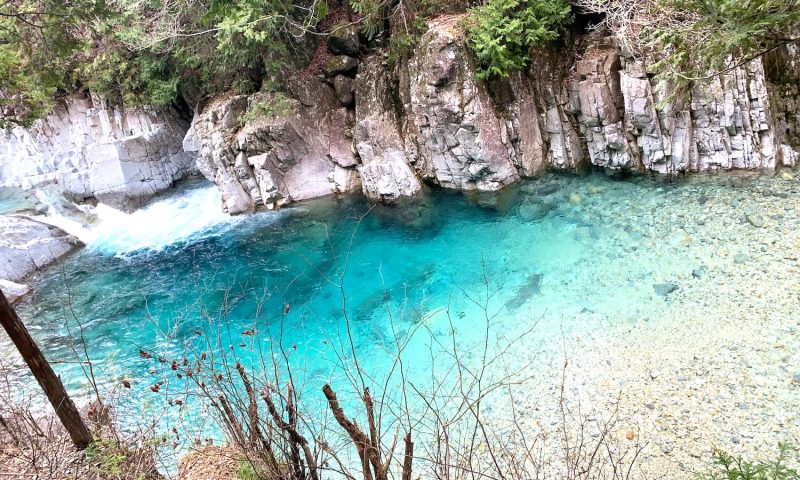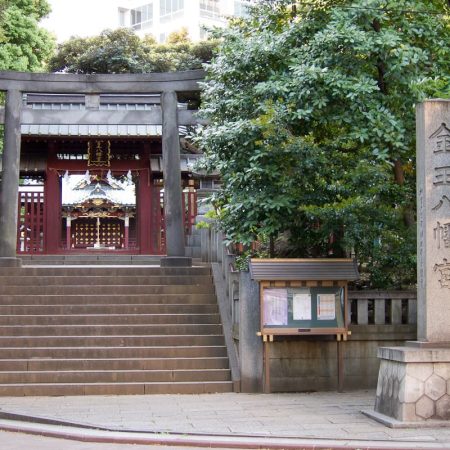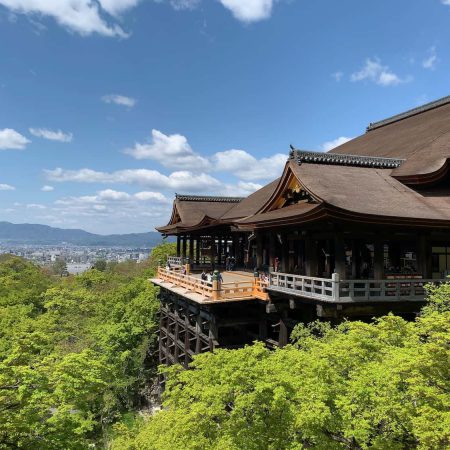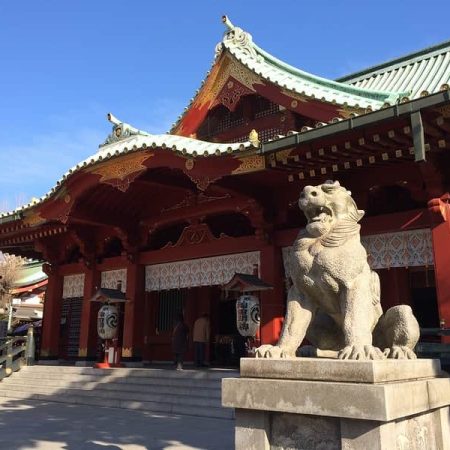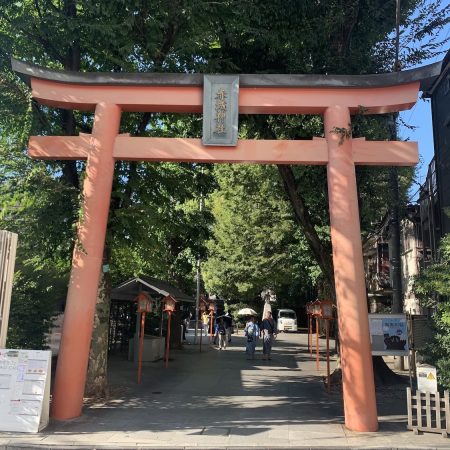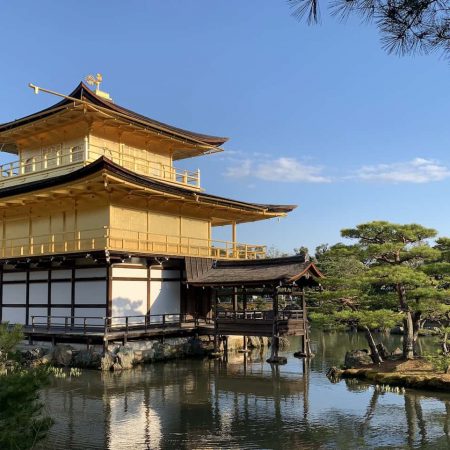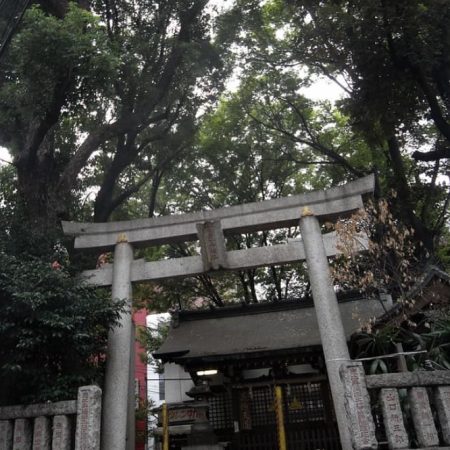Atera Valley: Japan’s Enchanted Tapestry of Nature and Heritage
Nestled within the embrace of Okuwa Village in Nagano Prefecture, Japan, lies the captivating Atera Valley—a natural wonder spanning 6 kilometers of breathtaking beauty. Flowing through the ages, its ancient name “Atera” whispers a tranquil symphony, captivating wandering souls and poetic minds alike. With roots tracing back to the illustrious Edo period, this valley has witnessed the ebb and flow of history.
Once a state-owned forest in the transformative era of Meiji, Atera Valley embraced human influence and evolved through forest development. However, it was during the radiant days of Showa that a fervent wave of conservation swept over it, bestowing the cherished status of a national scenic treasure—a sanctuary of untouched nature.
Within the embrace of this enchanting valley lie its crowning jewels—a shimmering tapestry of waterfalls and pools adorning its ravine. Nearly a hundred waterfalls, both grand and delicate, grace its path. Among them, the illustrious “Ushiga Falls,” known as Shiraito-no-Taki or the “White Thread Waterfall,” demands attention with its resounding cascade. Standing tall at approximately 10 meters in height and 30 meters in width, its frothy splendor earns it an ethereal epithet, weaving a tale of awe.
Visitors to Atera Valley are granted the joy of feasting their eyes upon these cascading wonders and crystalline havens, immersing themselves in the harmonious symphony of nature. During the balmy summer season, the shimmering river beckons with playful adventures and serene nights spent under the starry canvas—embracing the tranquility of camping.
Beyond its natural allure, Atera Valley holds immense cultural significance interwoven into the fabric of Japanese society. It stands as an adored testament, epitomizing the resplendent beauty that graces Japan’s landscapes. With each passing season, it orchestrates a metamorphosis of scenery, enriching the hearts and minds of the Japanese people, attuning them to the ever-changing rhythms of nature’s dance. Yet, Atera Valley is more than a picturesque wonder; it is an heirloom intertwined with Japan’s storied past and vibrant culture. As an integral part of the Nakasendo, a revered thoroughfare of bygone days, it served as a lifeline of transportation and a vibrant hub for cultural exchange, forever etching its mark upon the annals of history.

